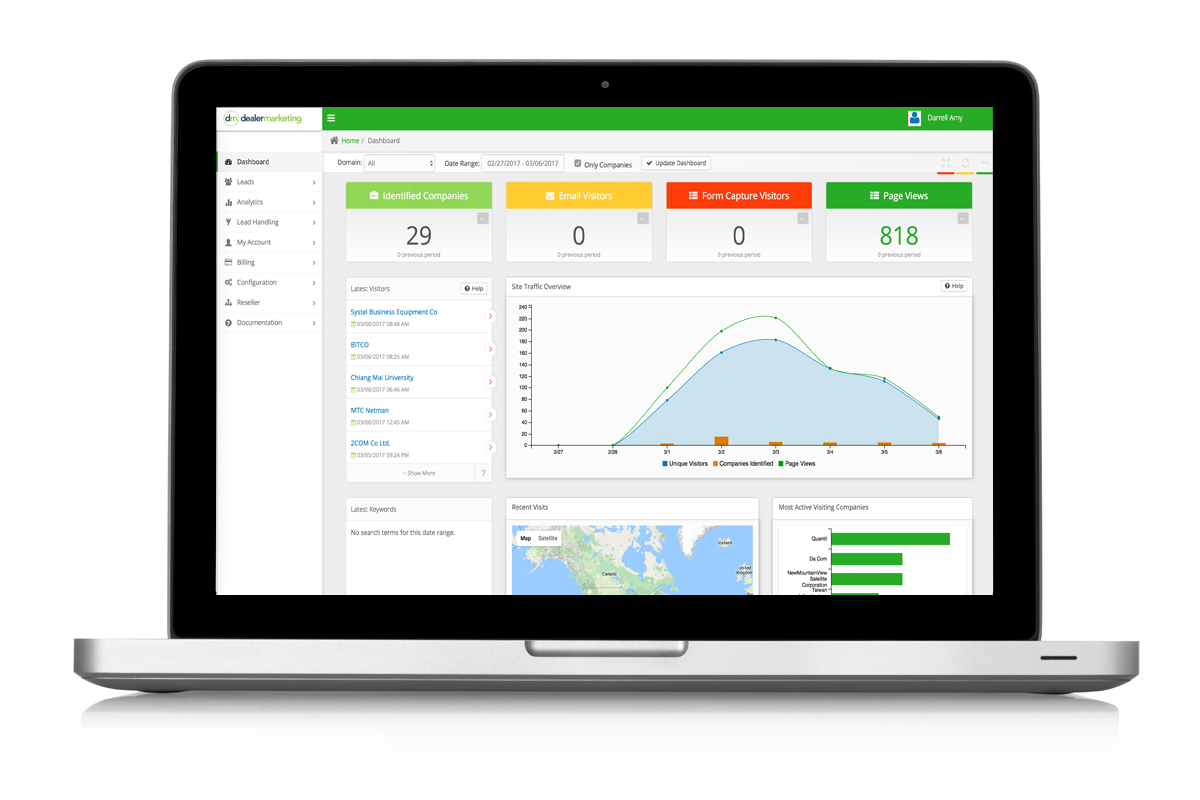In a similar way that sales reps drive appointments, businesses work hard to drive traffic to their websites in the hopes of converting visitors to potential sales leads. With effective Search Engine Optimization strategies, backed up by consistent blogging and social media, businesses can drive increasing traffic to their websites.
Fact: Buyers Are Doing Online Research
Let’s begin with the obvious: buyers are doing research online before they reach out to your sales reps and during the sales process. We know this from our own experience. Google research backs this up, revealing that 93% of B2B buyers use search as the first place to get answers to their questions. The smart play here is to put this trend to work for your business.
So how can this web traffic be transformed into sales opportunities? In this article we’ll share three ways businesses can transform web traffic into leads.
Idea 1: Find Out What Companies Are Coming To Your Website
Sales reps and websites are the same in that they work with ratios. In the same way a sales rep has a call:appointment ratio, your website has a visitor:conversion ratio, meaning that a percentage of your visitors will “convert” by filling out a form and identifying themselves.
A good website will convert about 1-2% of web traffic to leads. So, what about the other 98% of your website traffic? Fortunately, there are now plenty of solutions that show you from what companies some of your visitors come.
These solutions can identify the companies that are visiting your website. Every visitor to your website has an IP address. They cross-reference these IP addresses with a list of known corporate IP addresses to determine the company your visitor is associated with. It then pings a database of contacts to send a list of possible contacts at the account. It’s like having caller-ID on your website.
Idea 2: Reduce Your Bounce Rate
The second way to convert more traffic is to reduce your bound rate. This is the number of people that come to your website, see one page, and then leave.
Why do visitors leave your website?
There are two main reasons. First, they didn’t get a sense that the website provided an answer to their question, so they moved on. Similarly, their gut reaction to the website may have been that the information on the website was dated or not credible, so they hit the back button and move on.
I might add at this point that your website won’t feel credible if the visitor is coming from a mobile phone and your website is not mobile-responsive. However, since Google keeps filtering websites that aren’t mobile responsive out of their search results, if your businesses’ website doesn’t look great on mobile, you don’t need to worry about being found online. Google simply won’t serve up your website to mobile searchers.
The second reason visitors bounce from your website is that they consume a page of information and then there is no visible path to learn more. Once again, they hit the back button and go to the next site in the search for more information.
How do you reduce your bounce rate?
First, make sure your website provides helpful information. It needs to be more than just a slick online corporate brochure. And, if your website looks dated, the message to your visitors is that your company is dated and likely so is the information you are providing. In today’s environment, old websites are a death knell to businesses wanting to position themselves as technology leaders!
The second way to fix the bounce rate is to pay attention to what’s at the bottom of your pages. When readers get to the bottom of the page they should find links to more content that can help them. One way we do this is by serving up related content at the bottom of each page. For example, if the page is about “document management” we serve up 3-5 five other pages or blog articles related to “document management.” This helps keep visitors moving through your website, increasing the chance that they will convert by filling out a form.
Idea 3: Improve Calls-To-Action
The third reason your website doesn’t convert is because it doesn’t close. You might have the best-dressed, most polished sales rep that knows their product inside out. But if they don’t close, they aren’t going to succeed in sales.
In the same way, your website needs to close. This means that there should be calls-to-action on every page of your website.
There are three types of calls to action. The first is the obvious one: contact us. Your website should have a contact form as well as a phone number prominently displayed at the top of every page. While this sounds basic, I’m still amazed at the number of business’ websites I see where you have to search for the phone number.
The second type of call-to-action is more contextualized than a simple contact-us. This type of call-to-action matches the page. For example, if the webpage or blog article is about “managed print services” then a smart call to action would be to offer a print-cost assessment for their fleet. If the webpage or blog article is about network security, a smart call to action would be a network security review.
Just as a good sales rep always closes for the next step, your website should also close for the next step.
The third type of call-to-action is more subtle. Some visitors don’t want to fill out a “contact us” or “request an assessment” form because they don’t want a rabid, attack dog sales rep calling them 5 minutes later. This type of visitor might be more inclined to download some helpful information. You might offer up a buyer’s guide or a special report.
You can even insert these calls-to-action right into a blog article as evidenced by the graphic just above this sentence!
When you do this, be careful not to ask for too much information. The more information you ask for, the lower the chance that someone will fill it out. Even then, some visitors don’t want to be contacted, so they will give fake phone numbers. This is just the reality of the world we live in, so don’t get too frustrated if not every form completion is perfect.
Next Steps
What should you do to improve conversions on your business’ website?
- Make sure your website looks current and credible.
- Provide helpful information by continually adding helpful blog articles and resources to your website.
- Install a tracking software to see what companies are visiting your website.
- Reduce the bounce rate by serving up useful content at the end of each page to keep visitors moving through your website.
- Continually improve your calls-to-action. Set a goal to add one new call-to-action each quarter.





